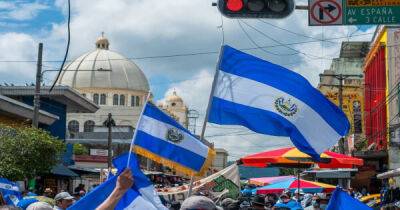A $3.5 billion bet on bitcoin becoming a 'reserve currency' for crypto is being put to the test
In this article
A multibillion-dollar bet that bitcoin can act as a «reserve currency» for the crypto economy is already being tested as UST, a controversial stablecoin, struggles to maintain its $1 peg.
UST dropped close to 99 cents over the weekend, fueling fears of a potential «bank run» that could force Terra, the project behind it, to dip into a $3.5 billion pile of bitcoin to support the token.
Now, the Luna Foundation Guard, an organization created by Terra's inventor, says it will lend out $750 million in bitcoin to trading firms to hold UST's price peg. But that's done little to assuage investors' concerns about the implications for bitcoin.
Developed by Singapore-based Terraform Labs, UST is what's known as an algorithmic stablecoin. It aims to carry out the function of stablecoins like tether, which track the price of the U.S. dollar, but without any actual cash held in a reserve to back it.
Instead, UST — or «terraUSD» — is created by destroying a sister token, known as luna, using smart contracts, lines of code written into the blockchain.
«If you've got, say, $405, and you burn one luna, you should be able to mint 405 of the UST stablecoin,» Carol Alexander, professor of finance at the University of Sussex, explains.
The same applies vice versa — new luna is minted by burning UST and other algorithmic stablecoins that Terra supports.
Terra's protocols also feature an arbitrage mechanism, where investors can exploit deviating prices in each of the tokens. For example, too much demand for UST may result in its price topping $1. That means traders can convert $1 worth of luna into UST, and pocket the difference as profit.
The model is designed to even out supply and demand for UST. When the price of UST is too
Read more on cnbc.com











![Bitcoin [BTC]: Here are a few signals that point to a strong possibility of a recovery - ambcrypto.com - city Santiment](https://finance-news.co/storage/thumbs_400/img/2022/5/17/25903_j2r8k.jpg)






![Can Bitcoin’s [BTC] current ‘oversold’ situation trigger a recovery past $30k - ambcrypto.com](https://finance-news.co/storage/thumbs_400/img/2022/5/16/25841_nhb.jpg)



